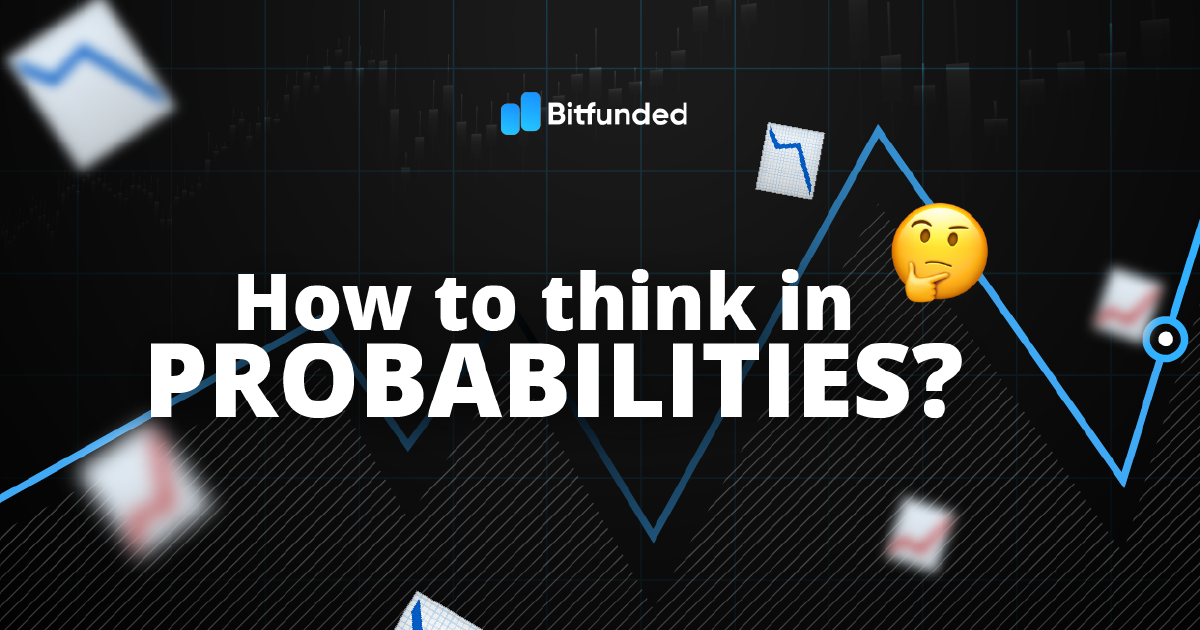Every trader starting out tries to avoid losses, but the reality is that statistically, hitting stop-losses and experiencing losing streaks is inevitable for every trader.
If you want to trade like the pros, you need to understand your odds of success or failure to have clear expectations of what you can achieve. In this article, I’ll teach you how to think in terms of probabilities and properly measure your trading expectancy.
Risk Management:
To think in probabilities when trading, the first thing you need to do is break down all the numbers that make up your trading strategy:
Risk Unit (R): This refers to the percentage or fixed value of your account that you will risk and be willing to lose per trade. So, in the case of a losing trade, you’ll lose an “R” valued at a percentage or amount of your account.
Risk-to-Reward Ratio (R): This is the relationship between the potential profit you expect to make in a trade and your risk unit (R). For example, if your “R” is 100 USDT, and the profit you expect to make in a trade is 200 USDT, then the R of the trade is 1:2. You are risking 100 USDT for the opportunity to make 200 USDT.
Win Rate (WR): After testing your trading strategy, you can determine the success rate of your strategy. For example, if out of 100 trades, 60 hit take profit, your strategy’s WR is 60%. Now, having defined your R and knowing the R and WR of your strategy, you can determine your realistic objectives.
Drawdowns in Trading:
Another important point is knowing all the statistics behind your trading strategy. As you know, it is statistically impossible to avoid losses in trading, so based on your strategy, you must be able to measure your drawdown to understand the trading expectancy of your next trade.
For context, trading math tells us that if you have a strategy with a 60% win rate, there is still a 70.4% probability that you will experience four consecutive stop-losses. Therefore, you can have a trading expectancy of four consecutive losses as your most likely maximum drawdown.
This means that the percentage of your account risked on each trade must be thought out to withstand the maximum drawdown you might face based on your trading strategy. Based on this trading expectancy, you should adjust or maintain your risk-reward strategy and the amount of capital risked per trade.
Think in Probabilities:
As we’ve seen, the key to thinking in probabilities when trading lies in your ability to calculate your risk properly, knowing your trading expectancy. To do this, keep these two points in mind:
- Break down all the numbers in your strategy and your trades to manage your risk concretely.
- Know the statistics of your strategy to have clear expectations of what you can achieve and the drawdown you may face.
As a final recommendation, keep this in mind: never risk more than you can afford to lose and always try to maintain a favorable Risk-Reward ratio. To do this, you must determine the appropriate amount to invest in each trade and set profit targets that exceed your potential losses.

